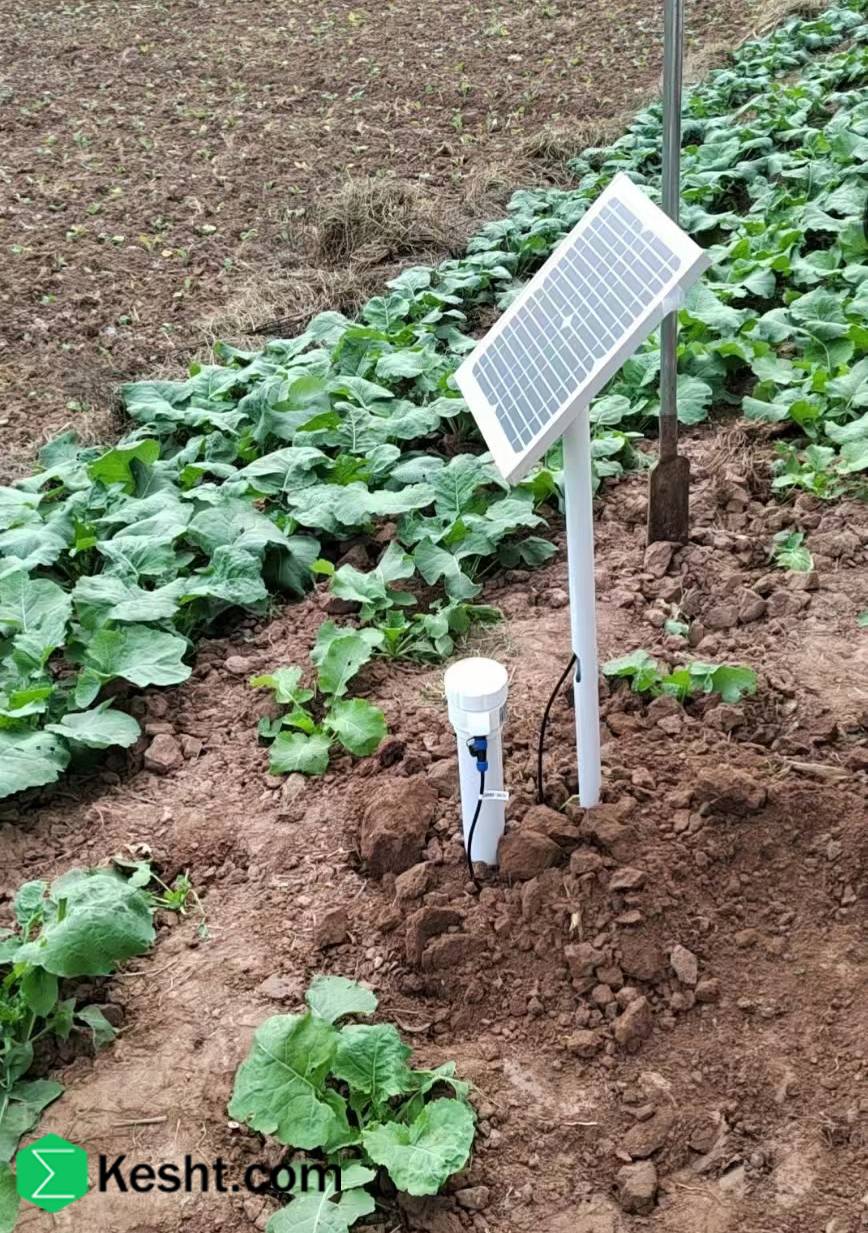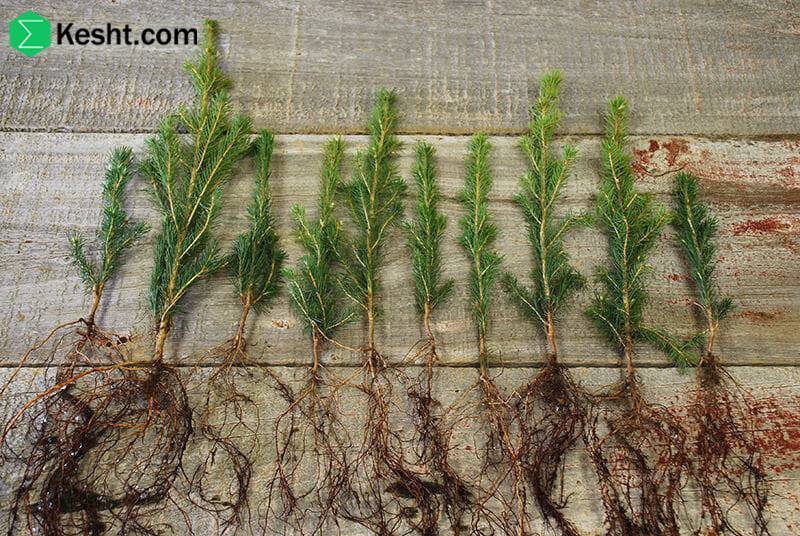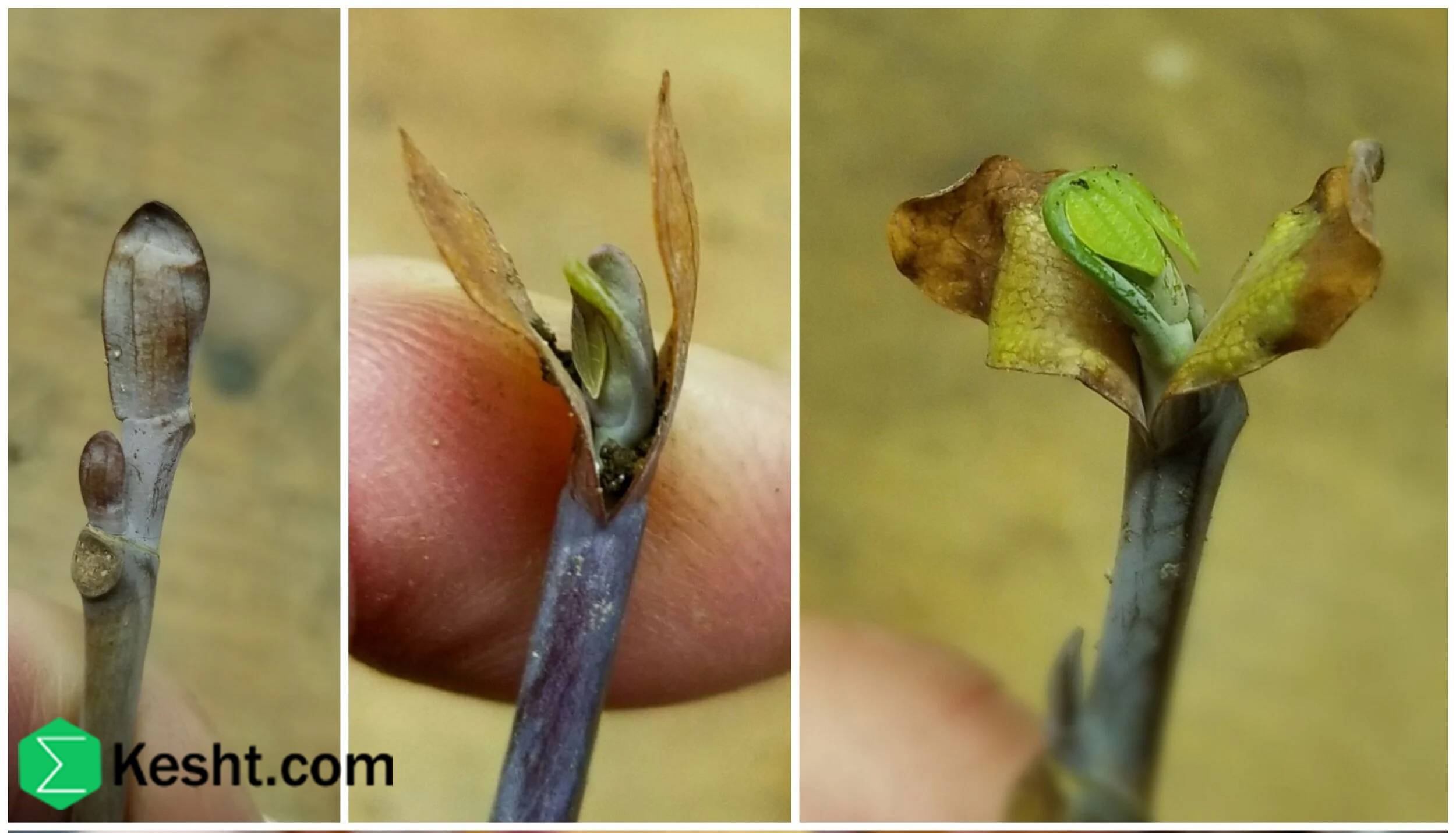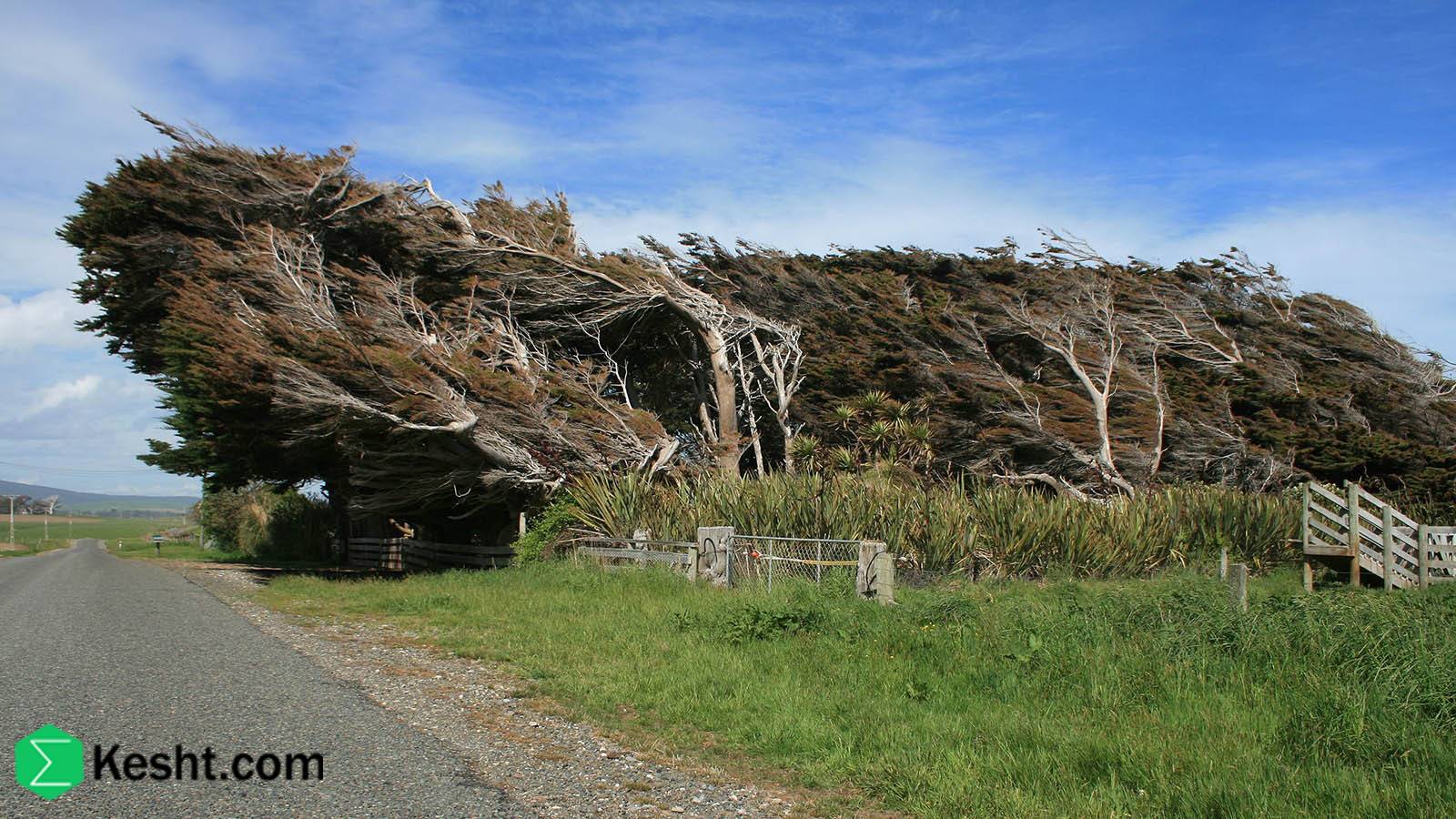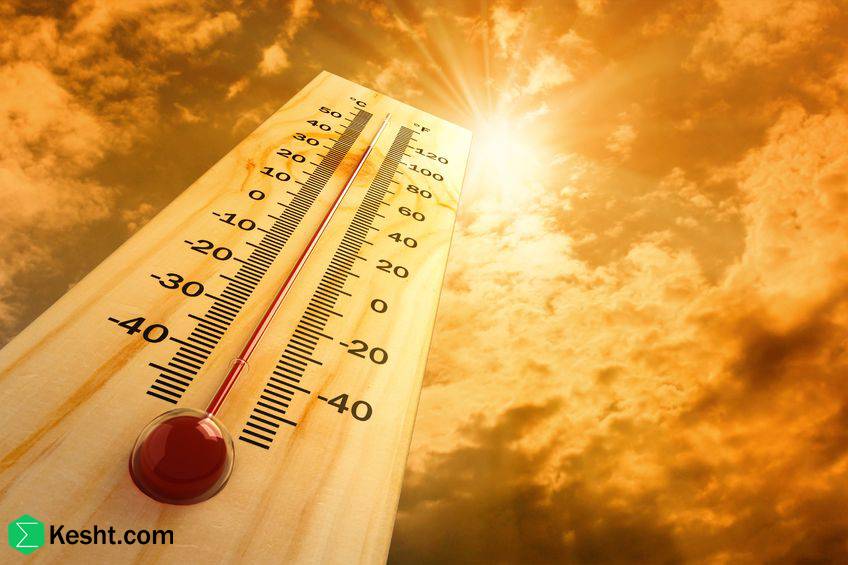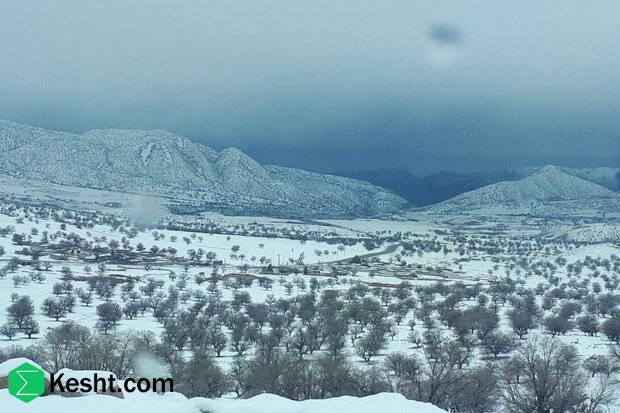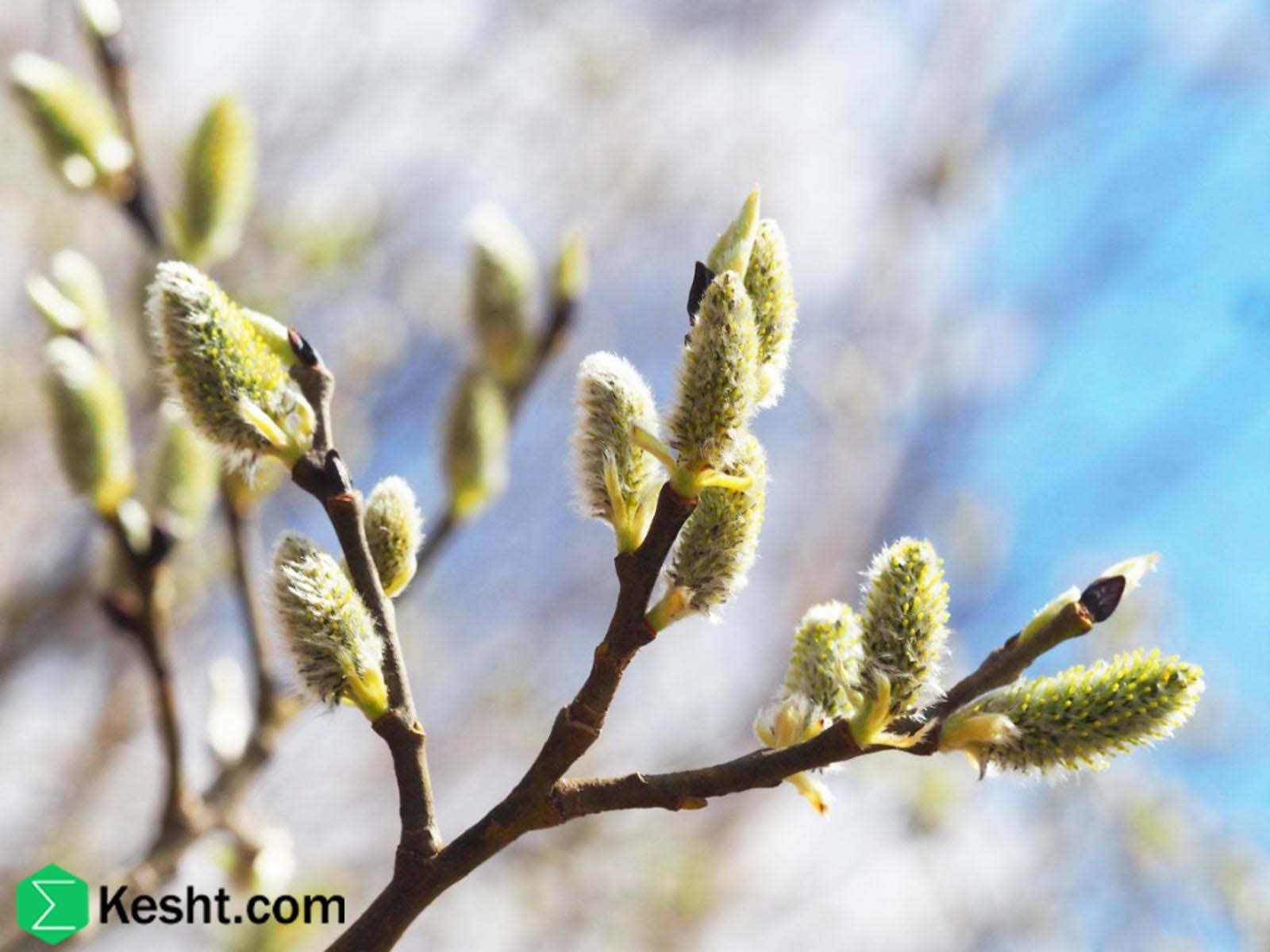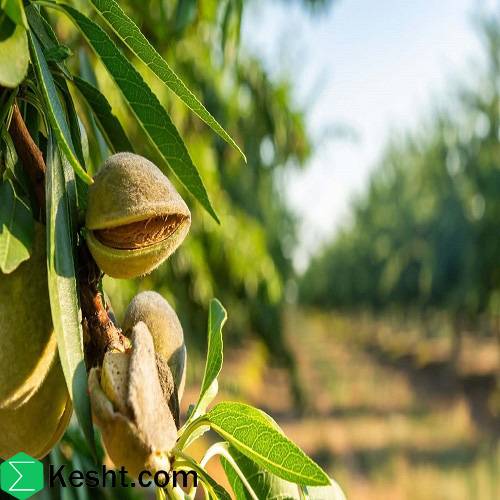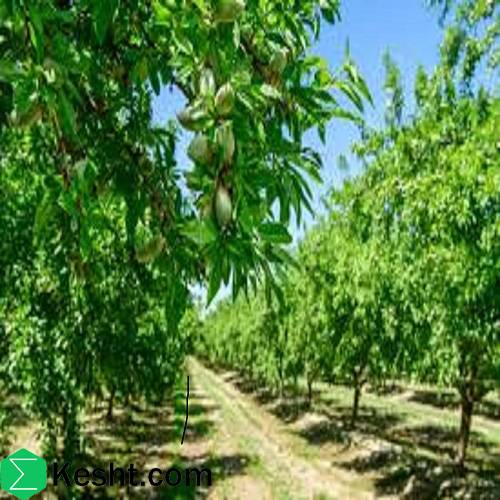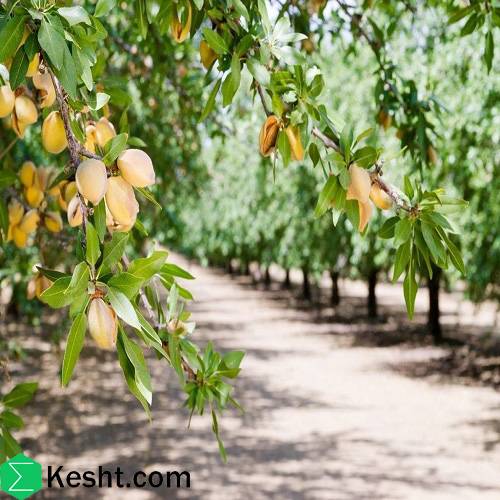Frozen, Waterlogged, Swampy Soil
In this response, I provide a complete, scientific–practical explanation of “frozen, waterlogged, swampy soil” and its impacts on planting and maintaining saplings. This special soil condition combines three critical factors:
> Swampy (permanently saturated) + Waterlogged (high water table) + Frozen (subzero temperature)
Each of these is challenging on its own—but together they create extremely harsh and hazardous conditions for sapling growth.
Precise definition: What is “frozen, waterlogged, swampy soil”?
- Swampy soil (Hydric soil):
- Soil that is continuously or long-term saturated with water.
- Insufficient oxygen for roots → anaerobic conditions.
- Soil color is often gray or bluish-green (due to reduced iron).
- Waterlogged (flooded):
- Free water at the surface or within about 30 cm of the surface.
- Roots are immersed—root respiration is impaired even if the soil isn’t frozen.
- Frozen:
- Soil temperature and pore water are below 0°C → ice forms in soil pores and around roots.
- Water and nutrient movement stops—roots cannot take up either.
Result:
> Frozen, waterlogged, swampy soil = an oxygen-free + cold + poorly drained + frozen environment → near-certain mortality for typical saplings
Why is this soil deadly for ordinary saplings?
- Problem 1 → Oxygen deficiency (hypoxia/anoxia)
- Roots need oxygen for respiration.
- In swampy soil, oxygen replenishes very slowly—when frozen, it effectively stops.
→ Roots die—even if the aboveground portion looks fine.
- Problem 2 → Disrupted nutrient uptake
- Freezing stops ion mobility (N, P, K, Fe, etc.).
- Swampy soils are often acidic—when frozen, uptake of micronutrients (like iron and manganese) is further impaired.
- Problem 3 → Physical injury to roots by ice
- Ice crystals form around roots → tearing of delicate root tissues.
- Freeze–thaw cycles degrade soil structure and damage roots.
- Problem 4 → No possibility of root development
- Roots cannot grow in frozen soil—even if air warms up, growth won’t resume until complete thaw.
- Problem 5 → Winter kill
- Cold + moisture + oxygen deficit = multiple stressors → stored energy is depleted → buds fail to break in spring.
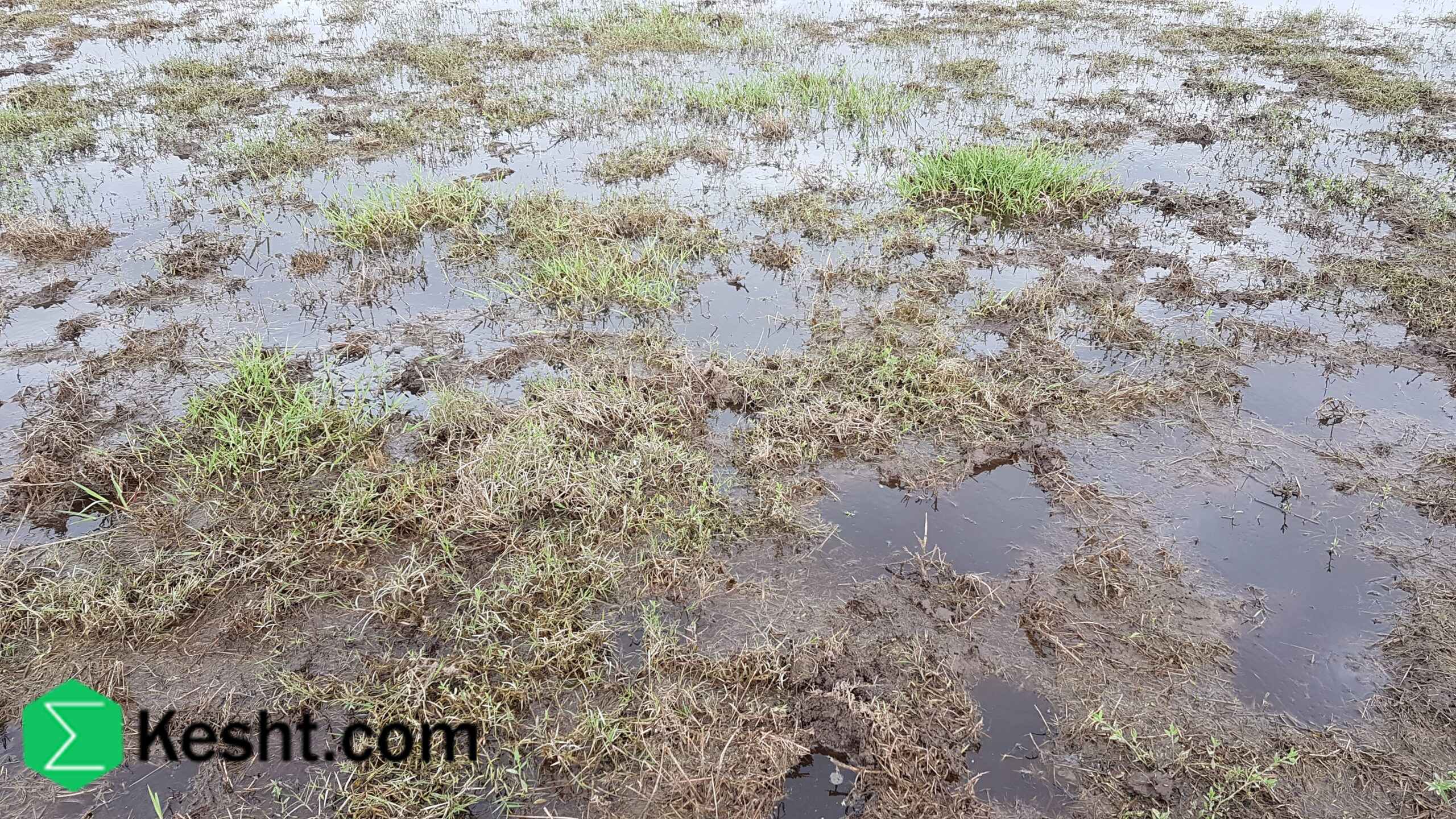
Is planting in these conditions possible?
Only under specific conditions:
a) Choose hardy, native species
Only species native to cold, wet habitats (subarctic wetlands) have a chance of survival.
Suitable species:
| Species | Notes |
| Common reed (Phragmites australis) | Highly tolerant of flooding and cold — has aerenchyma (aerating tissues). |
| Birches (Betula spp.), especially Betula pubescens | Grows in northern European and Siberian bogs — tolerant of cold, wet soils. |
| Hardy conifers — e.g., Austrian pine (Pinus nigra), eastern white pine (Pinus strobus) | Some pines tolerate moist, well-drained soils — but not permanent waterlogging. |
| Native species of Iran’s high, wet regions | e.g., mountain mint, swamp oak (in northern areas), Gaz-e Ashkard (local tamarisk) — identify via local surveys. |
Warning:
Common fruit trees (apple, pear, peach), typical pines, and common forestry stock (poplar, robinia) will practically not survive in these conditions.
Management strategies for planting in frozen, waterlogged, swampy soil
If planting is urgent, active soil management and engineering are required.
- Strategy 1 → Improve drainage
- Dig drainage ditches 60–100 cm deep, spaced 5–10 m apart.
- Use perforated pipes with a sand/gravel envelope.
- Goal: Lower the water table to at least 50–60 cm below the planting surface.
> Without drainage, planting saplings in this soil is impractical and wasteful.
- Strategy 2 → Build planting mounds (mounding/raised beds)
- Create soil mounds 40–60 cm high and 1–1.5 m in diameter.
- Plant saplings on the mound—not at the original soil level.
- Mound mix: garden soil + compost + sand for better drainage.
→ Benefit: Keeps roots away from frozen, waterlogged layers — more oxygen availability.
- Strategy 3 → Choose the right planting time
- Plant only in early spring — after complete thaw and before re-saturation.
- Avoid autumn planting — roots won’t establish and saplings die over winter.
- Strategy 4 → Use flood/cold-tolerant plants with deep or aerated root systems
- Species with aerenchyma (spongy tissue that transports oxygen from leaves to roots).
- Examples: reeds, hardy bamboos, some willows (Salix spp.).
- Strategy 5 → Insulating surface cover to reduce surface refreezing
- Apply a thick organic mulch (20–30 cm of straw or leaf mold).
- Install insulating blankets/plastic covers on cold nights.
→ Reduces frost penetration into the rooting zone.
Soil condition comparison — quick table
| Soil type | Oxygen status | Soil temperature | Sapling feasibility | Essential measure |
| Frozen, waterlogged, swampy | ❌ Very low | ❌ Below 0°C | ❌ Only specialized species | Drainage + planting mounds |
| Waterlogged swamp (unfrozen) | ❌ Low | ✅ Above 0°C | ⚠️ With tolerant species | Drainage + suitable species |
| Moist loam (drained) | ✅ Moderate | ✅ Favorable | ✅ Most saplings | Mulch + controlled irrigation |
| Dry sandy soil | ✅ Excellent | ⚠️ Variable | ✅ With irrigation | Increase organic matter |
Application in Iran — where might this occur?
- High altitudes in Alborz and Zagros in winter (e.g., Lalezar Plain in Kerman; Gorous wetlands in Azerbaijan)
- Northern wetlands (Mazandaran, Golestan) during cold winters
- High plains with flowing waters that freeze in winter (parts of Hamedan, Kurdistan)
Recommendation: In these regions, review local soil and hydrology maps before planting.
Consequences of planting without management in this soil
| Outcome | Explanation |
| 100% sapling mortality in the first winter | Especially in non-tolerant species |
| Waste of capital and time | Cost of stock, transport, planting, aftercare — with no return |
| Soil structure damage | Machinery traffic on frozen soil → compaction, pore collapse |
| Environmental pollution | Decaying dead saplings → increased organic load in water → eutrophication |
Conclusion
“Frozen, waterlogged, swampy soil” is one of the most destructive environments for saplings — but with careful planning and species choice, limited planting is possible.
- Condition 1: Improve drainage or plant on raised mounds
- Condition 2: Choose native/cold–flood-tolerant species
- Condition 3: Plant only in spring — after complete thaw
- Condition 4: Use insulating cover and monitor continuously
Final practical advice:
- Do not plant in winter or into frozen ground.
- In spring, first install drainage — or build planting mounds.
- Use only tolerant species (e.g., willow, reed, birch) — not common fruit or standard forestry stock.
- Before planting, measure soil temperature at 30 cm depth and the water table level.
Analysis of the phrase “frozen, waterlogged, swampy soil”
This phrase points to one of the most complex and challenging natural soil states. It combines three harmful attributes, each problematic alone, but together forming an extremely harsh environment.
Let’s analyze it in full, step by step:
Component analysis
a) Swampy soil (hydric)
- Traits: Very high content of partially decomposed organic matter (peat-like). Due to constant saturation, oxygen is very low (anaerobic).
- Features:
- Spongy, soft texture when wet
- Very high water-holding capacity
- Very slow decomposition → organic matter accumulates
- Typically acidic pH
- Prone to producing gases like methane (CH₄) and hydrogen sulfide (H₂S) from anaerobic microbes
b) Waterlogged
- Definition: All pore spaces between soil particles are filled with water instead of air.
- Consequences:
- No oxygen available to plant roots and aerobic microbes
- Favors anaerobic chemical processes
- Severe reduction in soil strength and load-bearing capacity (soil behaves fluid-like)
c) Frozen
- Definition: The physical state of soil water changes from liquid to solid (ice).
- Key physical consequences:
- Expansion: Water expands by about 9% upon freezing.
- “Cementing”: Ice acts like a binder, fusing soil particles and organic matter together.
Combined effects: “frozen, waterlogged, swampy soil”
When these three factors combine, the soil’s properties change dramatically:
a) Physical properties
Absolute hardness and impermeability:
- Soil shifts from spongy/soft to a hard, rigid, nearly impermeable mass—akin to concrete. Excavation is nearly impossible.
Frost heave:
- Because freezing water expands ~9%, the soil surface is pushed upward. This can disrupt building foundations, roads, and plant roots.
Higher thermal conductivity:
- Contrary to common belief, wet/frozen soils conduct heat (and cold) better than dry soils, allowing cold to penetrate deeper and faster.
b) Chemical and biological properties
- Complete halt of biological activity:
- Microorganisms (bacteria, fungi) enter full dormancy; organic decomposition stops.
- Plant roots cannot absorb water (now ice), and cells may rupture due to ice crystals. This is physiological drought: water is abundant but unavailable.
- Gas entrapment:
- Gases like methane produced under anaerobic conditions in warmer seasons can become trapped in bubbles within the frozen mass.
Major implications
- For plants and ecosystems:
- Lethal for most species. Only highly adapted plants (e.g., tundra flora) with surface roots or antifreeze mechanisms persist.
- Soil-dwelling fauna (worms, insects) either die or retreat below the frost line.
- For engineering and construction:
- Among the toughest conditions in cold-region civil engineering. Frost heave can severely damage infrastructure.
- Bearing capacity differs drastically between frozen and thawed states; designing on such soils requires complex analyses.
- During thaw:
- Rapid greenhouse gas release:
- As ice melts, trapped methane is quickly released. Since methane is a far stronger greenhouse gas than CO₂, this creates a positive feedback in global warming (more warming → more thaw → more methane → more warming).
- Thaw subsidence and instability:
- As ice melts and water drains, the soil loses volume and collapses, turning into unstable mud.
- Flooding:
- Meltwater accumulates on the surface because deeper layers remain impermeable/frozen, leading to local flooding.
Summary
“Frozen, waterlogged, swampy soil” describes an extreme environment in which soil becomes a solid, inert, nearly impermeable mass. It poses major challenges for life, engineering, and the environment, and the thawing phase has significant climatic implications.
